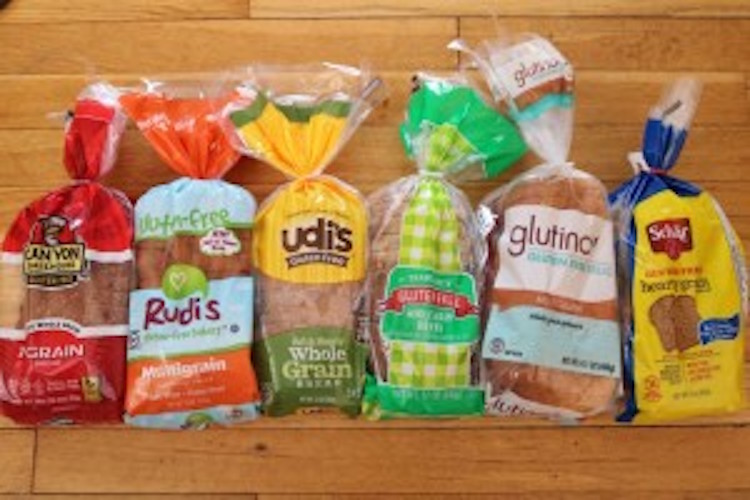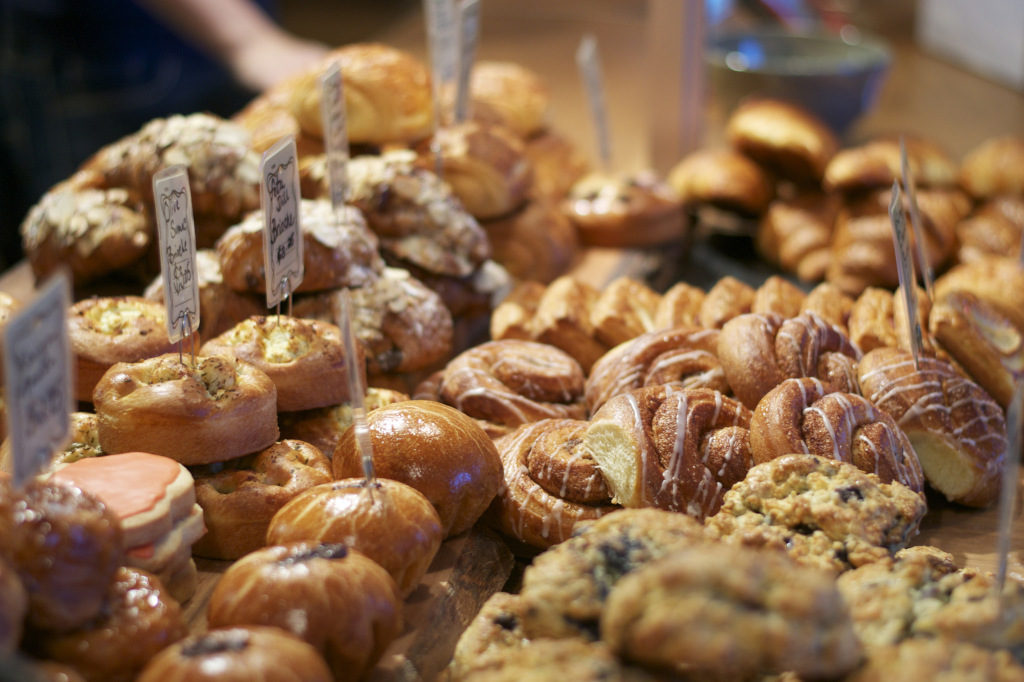If you have to go gluten-free due to celiac disease or gluten sensitivity, then you know the struggle of having to give up bread and baked goods. Although you can now buy a variety of gluten-free bread (and other treats), none of these seem to quite hit the spot. But two Italian scientists may have discovered the solution to the gluten-free dilemma.

Photo by Joseph Gonzalez
Gluten, a protein found in wheat, rye, and barley, forms an elastic network when mixed with water. This elasticity makes bread springy, pasta chewy, and cake crumbly. Although other grains, such as buckwheat or rice, can replace gluten, they can’t exactly replicate the texture.
We have long known that the corn-based protein Zein also forms an elastic network and thus, can more accurately mimic the texture of gluten in baked goods. However, Zein was never mass marketed because it was difficult and expensive to extract from the corn.

Photo by Stephanie Schoenster
But three years ago, two Italian scientists, Virna Cerne and Ombretta Polengh, discovered they can easily extract zein by mixing corn flour with water and alcohol. So why haven’t zein-based gluten-free products flooded the market? Polengh and Cerne have kept the exact process secret while they work to create a gluten free product line they can commercialize.
Thankfully, Polengh and Cerne recently took a step in the right direction. Last week, they were awarded the European Inventor Award, and a patent for their extraction process.
Now that they officially own the process, we’re just waiting for Polengh and Cerne to create zein-based gluten-free products that they deem good enough to sell. They are working hard to ensure their bread, cakes, and pastas fill the void left by a gluten-free lifestyle.

Photo by Jackie Maloney
“We taste gluten-free products 10 times a day,” Polenghi said. “We are very organized in terms of what we call ‘sensory evaluation,’ with a panel of ten taste-tasters who give an objective evaluation of our products’ softness, crunchiness of crust, dimensions, cereal aroma, sourness, saltiness, and sweetness. We want people to enjoy our food.”
However, both scientists, who have been researching gluten for 20 years, say that celiac disease and gluten sensitivity remain the only medical reasons to give up gluten. And since they are trying to profit off of gluten free products, they would only say it if it were true.
“In the past only people who really need the gluten-free diet buy our products,” Cerne says. “Today there are people that don’t need it but they want to change the taste of their food, or they think it’s healthier.”


